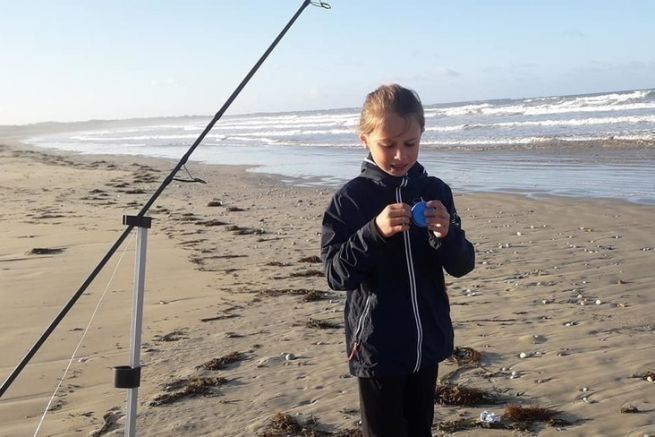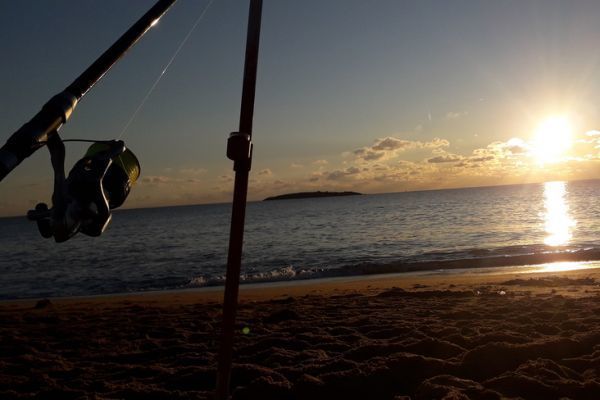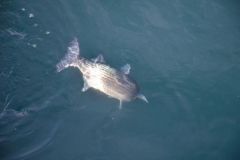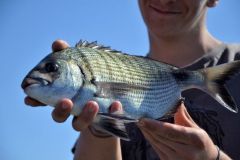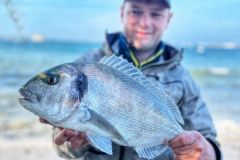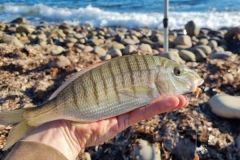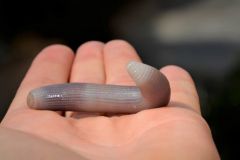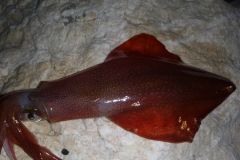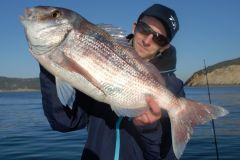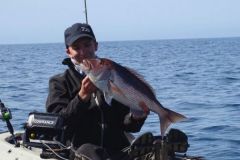Adapt to different situations
Surfcasting rigs are numerous and varied if we take into consideration all the parameters fish, regions, seasons, but the basics are similar. We adapt the lengths and diameters of stacks, the sizes of hooks, and the addition or not, of pearls.
The mounts are structured in two categories: with drag and without drag. The straggler is the part that is located at the bottom of the mount and that drags on the ground.
A stack is the part that connects the hook to the rolling, made of nylon, of variable diameter and length.
The different lengths
There is no need to make mounts with 5 cm intervals. In general, the assemblies are made with 20 cm intervals. Stacks of 40 cm, 60 cm, 80 cm, 100 cm and up to 200 cm (2 m).
Favour 2-stack rigs, for several reasons. A rig that has 3 stacks will be more difficult to cast, it's a question of physics. But also, it will use more bait, and in case of entanglement it will take more time to be untangled. Rare are the parts of fishing where we make many triplets, except for whiting and pout fisheries in the winter season .
The single-stack rigs are often used to target a big fish, a waiting fishery with a more substantial bait. The 2-stack rig is the right compromise. In addition, you can alternate between surface fishing, between two waters or on the bottom. Having different rigs allows you to overcome several parameters.
If during your survey, with a mount of two stacks of 120 cm, the mount comes back completely mixed, do not persist in putting it back, switch to a shorter mount (2 x 90). If it is the same, then shorten again your assembly. The currents will stir up your stack. A mixed rig does not fish!
Another possibility, keep your 2 x 120 assembly, but increase the diameter of the nylon of the stack. If your stack was mounted in 22/100, switch to a 26/100 stack.
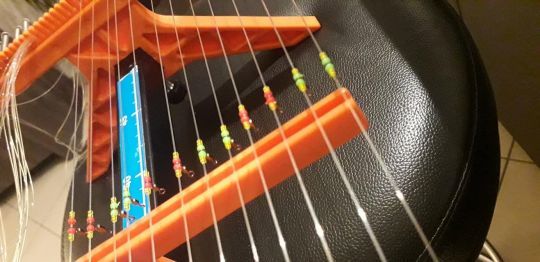
Beads on stacks: attractiveness and presentation of bait
Floating beads are numerous on the market. Sizes, shapes, colors, materials, there is something for everyone. There is no need to have all the models, you will get lost! The sure values remain the white, the yellow, the pink, and the phosphorescent.
These beads are used to raise the stack from the bottom, and fish between two waters. This depends on the size of the pile. A 160 cm stack will be more raised than a 90 cm stack. But again, you need to be consistent. If you put a small 6 mm bead on a number 4 long shank hook with a large areca on it, it won't have the same action as if you put a light number 5 hook and a small half-hard. Target your tackle to the desired rig.

Small accessories
The same is true for small accessories, rollings, beads, staples. The bigger and heavier your accessories, the more your rig will be pressed to the ground. This will be perfect for fishing flatfish, but inconsistent for fishing garfish and mullet which are fearful fish, and where discretion and finesse are paramount.
Sinking beads are also widely used. Their logic of use is similar to the floating ones. However, with flowing beads, we play on the association and combination of color.
Floating beads should always be placed on the top stack, with the flowing ones on the bottom. This will avoid tangling your stacks.
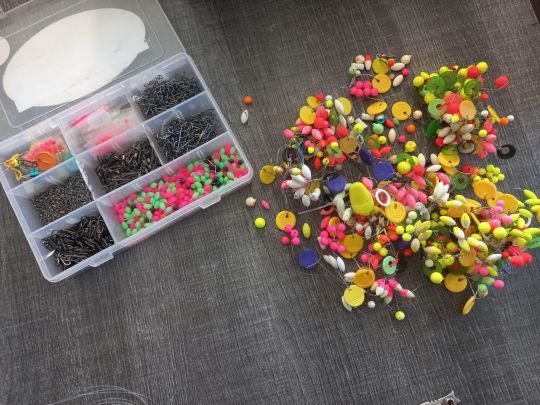
Here come the questions, which length for which fish ? Which pearl for which species? How to make your rigs ? Surfcasting requires a lot of thought and analysis that I will try to pass on to you in order to succeed in your next trips.

 /
/ 

